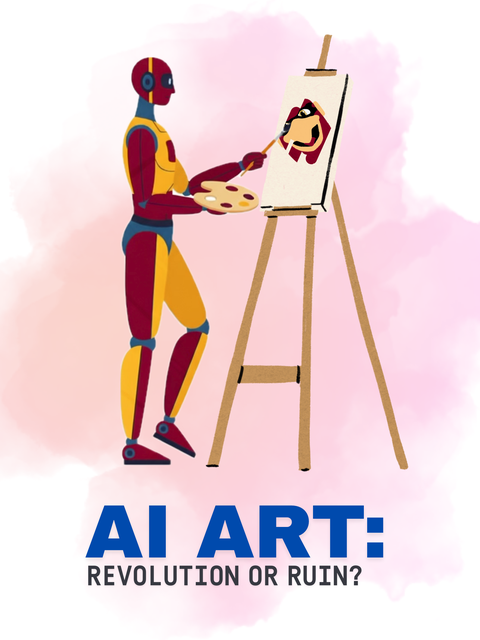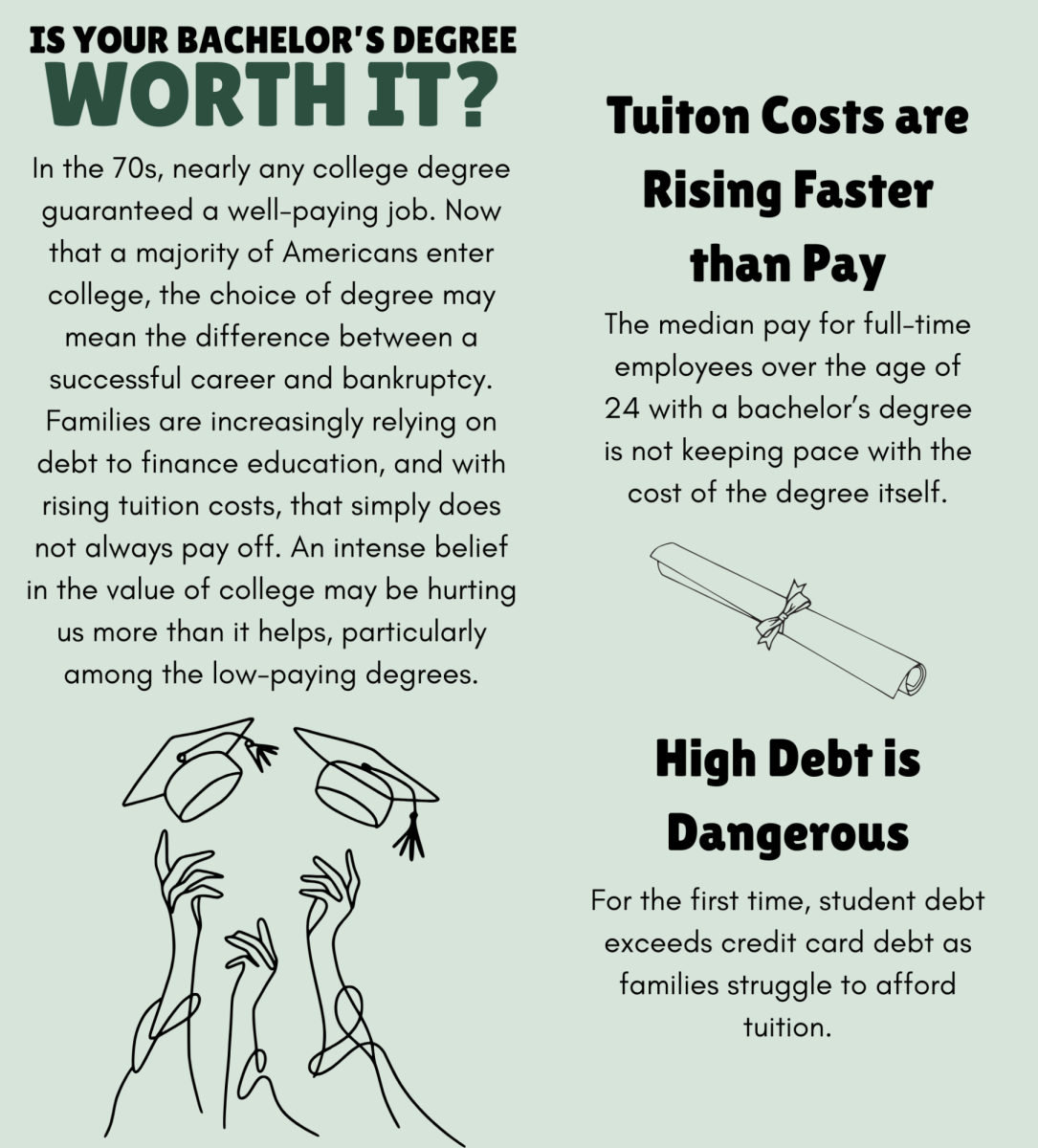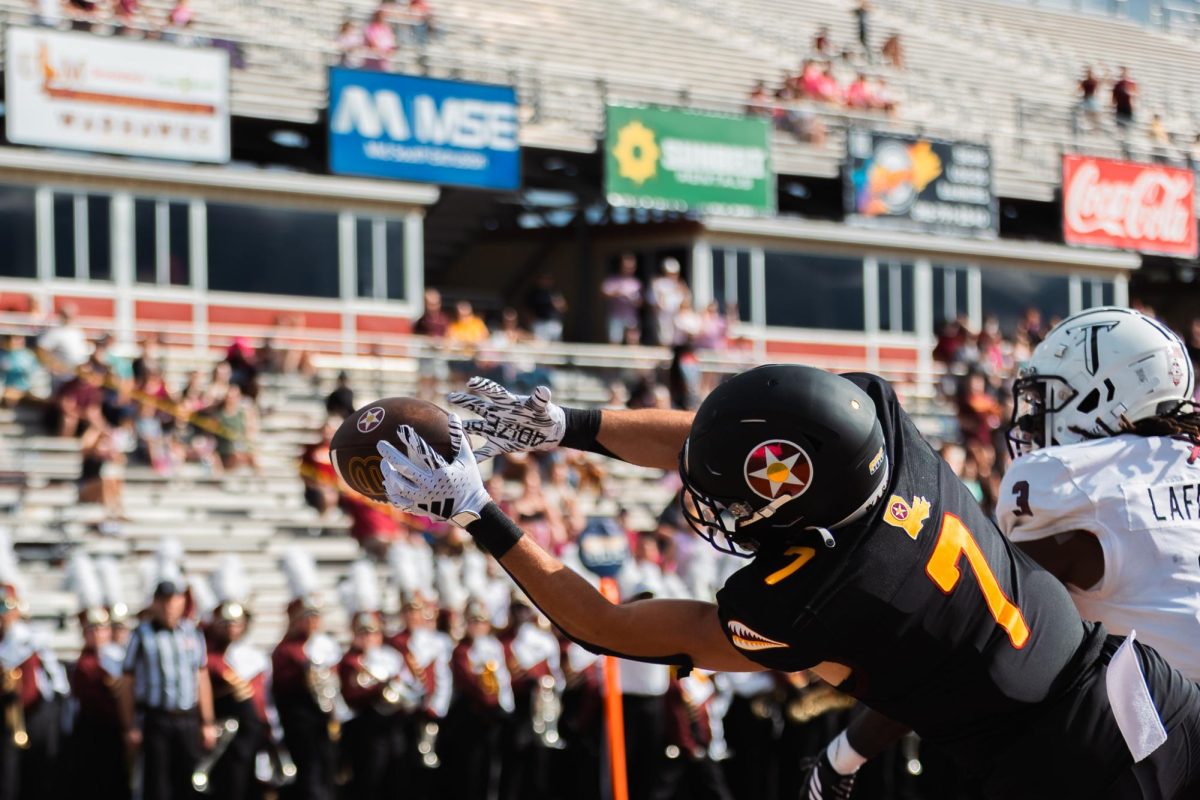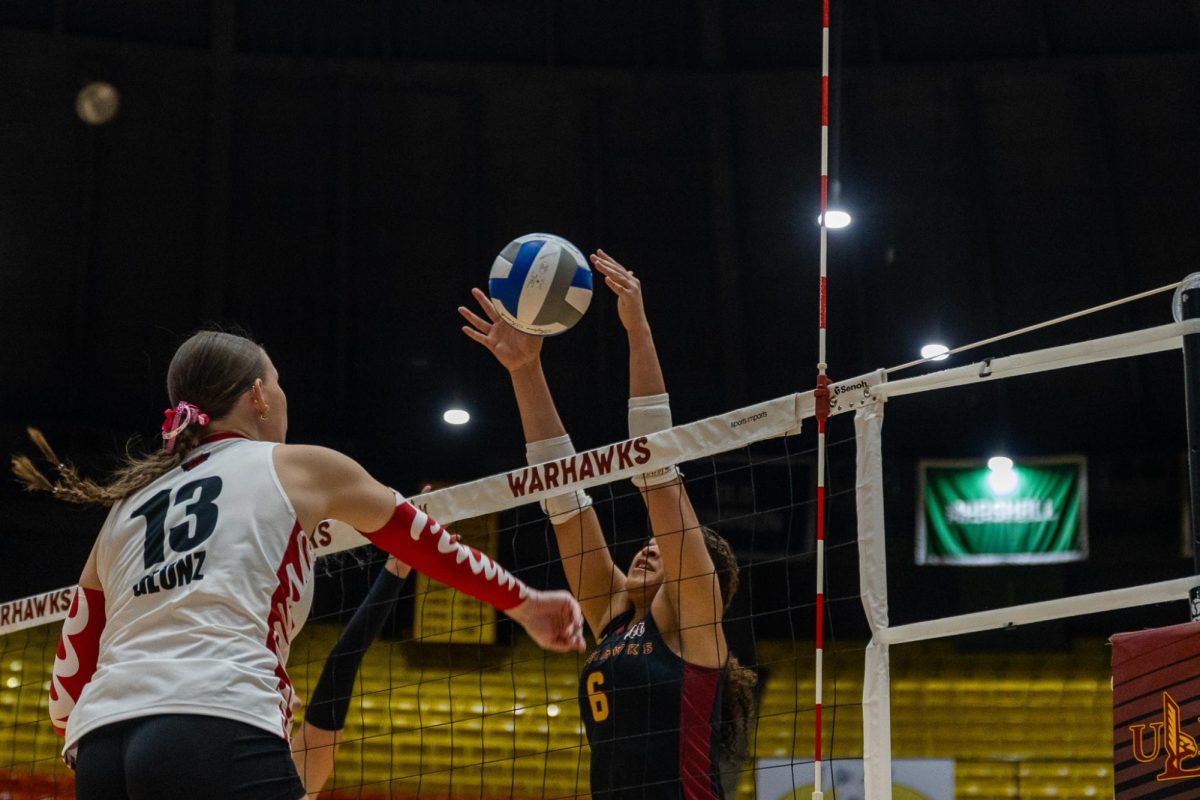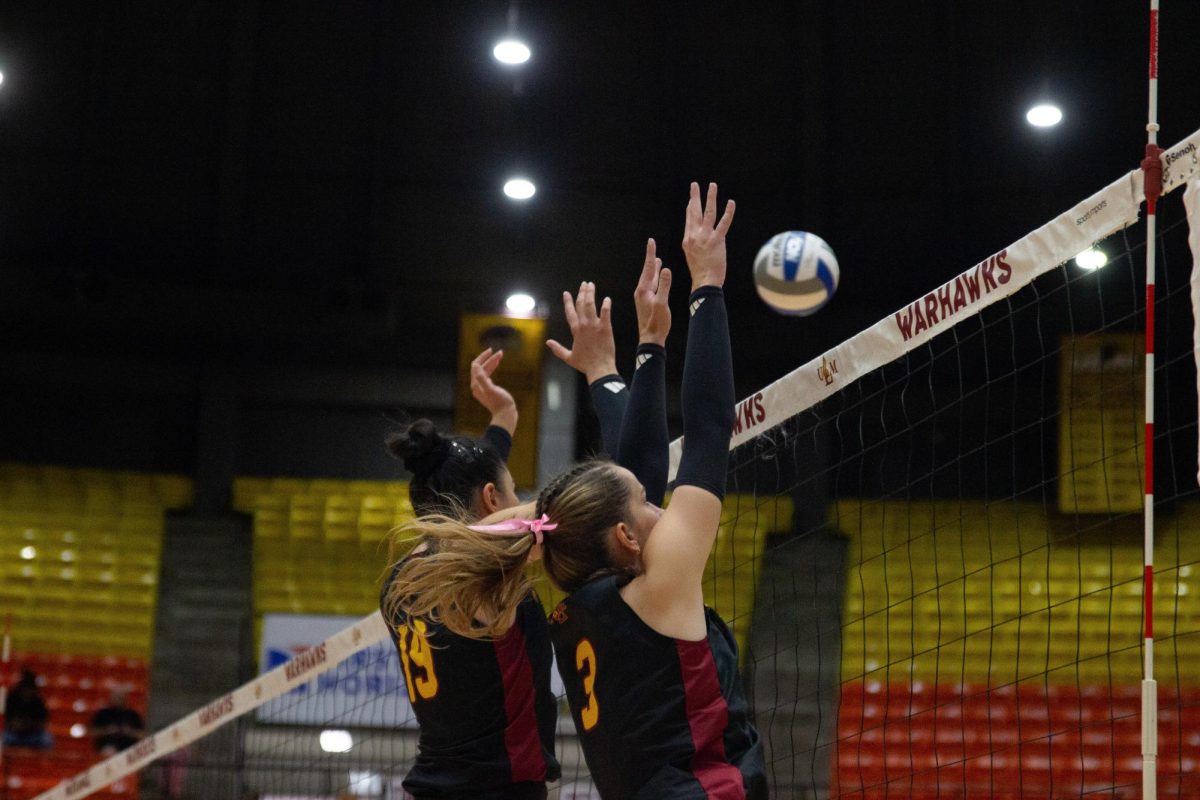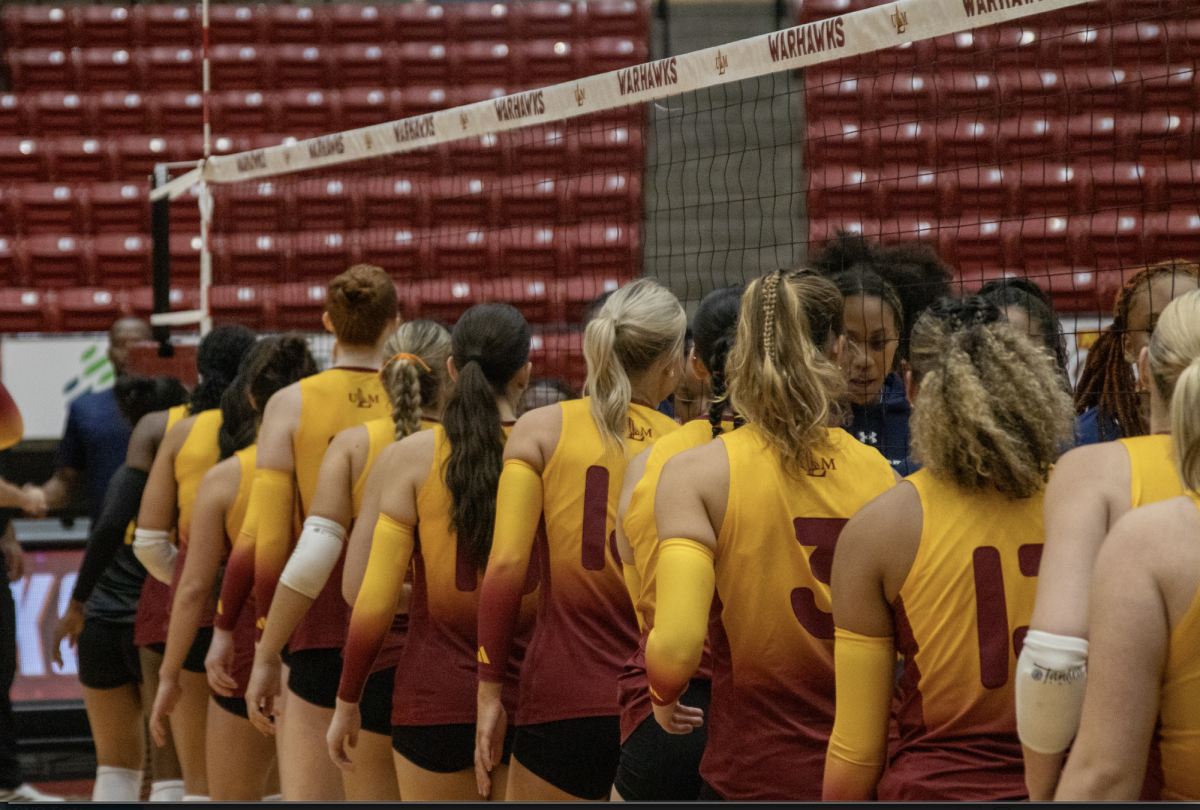We might as well start here.
While most of America was trying to pull AJ McCarron’s girl on twitter, I was busy thinking of ways to begin this column.
Why? Because I’m your new sports editor.
So as we begin this new endeavor, it’s probably best to get the pleasantries out of the way first. For starters, welcome back. We’ll be together for the rest of the semester, so let me tell you a little bit about myself.
If you’re a frequent peruser of this newspaper, chances are you’ve come across me before. Cool.
I’m from Tennessee, and even though I’ve lived all over the place–there, Kansas City, Austin and now Monroe—“Rocky Top” will always be home sweet home to me.
Also, I’m a grad student—an older one at that—so if I reference something you’ve never heard of, don’t feel bad. I won’t hold it against you. That’s why Al Gore invented Google. Or something like that.
At the sport’s desk, our job is to provide you with quality content and thoughtful analysis about all things ULM related and in the sport’s world.
You might even get a slight chuckle along the way. You may as well, they’re free. Both your laughs and this paper.
Now, let’s get started.
CTE IS THE NEXT STEP
I saw Junior Seau play on a cold, rain-soaked Kansas City afternoon in 1996.
I was 11, and my dad thought sitting at Arrowhead Stadium in a torrential downpour accompanied by a 15 degree wind chill was a great opportunity for some male bonding.
ULM great Stan Humphries quarterbacked the Chargers that day as they destroyed the Chiefs. But what stood out in my adolescent mind was Seau.
He only had seven tackles that day, but it seemed like more. Seau was everywhere at once. Reminiscent of how his fellow Southern Californians “Rage Against The Machine” played rock music. Like the gritty intensity and sonic fury of Tom Morello’s guitar personified.
I thought about that game when the news broke that Seau suffered from Chronic Traumatic Encephalopathy (CTE) when he took his own life back in May.
CTE doesn’t receive the same notoriety as the concussions we’ve become accustom to seeing as football fans, but it’s effects are just as serious.
Unlike concussions that result from massive head trauma, CTE is the result of repetitive, sub-concussive blows that build up over time and degenrate the brain. The kind of blows that a linebacker would sustain making tackle after tackle at 100 miles-an-hour.
The NFL saw fit to release a statement regarding the findings—an inprovement from essentially ignoringformer safety and CTE victim Andre Waters’ suicide in 2006—but more needs to be done to prevent CTE.
Monitoring hits to the head, limiting the amount of contact during practice and continued education is a good place to start.
The treatment of concussions by team-doctors has gradually gotten better over time, but if the NFL is serious about player safety, then it’s time to treat CTE with the same level of concern.




